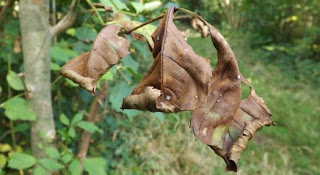Is Bards In The Woods About Lifestyle?

The more I think about what we share when we are together, and then share with our friends on the social media, I'm starting to think so. I am trying to be careful with what I say here as I have no intention of leading myself into posing as some kind of guru or leader with this. I sincerely hope this encourages debate with freedom of feeling and faith expressed by others on this subject. I think performed stories, poetry and are wonderful mediums that folks can share this through, and being in the woods of Ireland is a safe, natural, un-intimidated and even less distracted way of doing this, especially around picnic tables :-) I was moved by a video, I watched this morning, which seem to eloquently package much of my thoughts and calling. Of course I will link you to that here very shortly. Before that, I am going to do an act of semi plagiarism of their video script and bend it to what I think we could seed through Bards In The Woods, I hope this may also inspire
